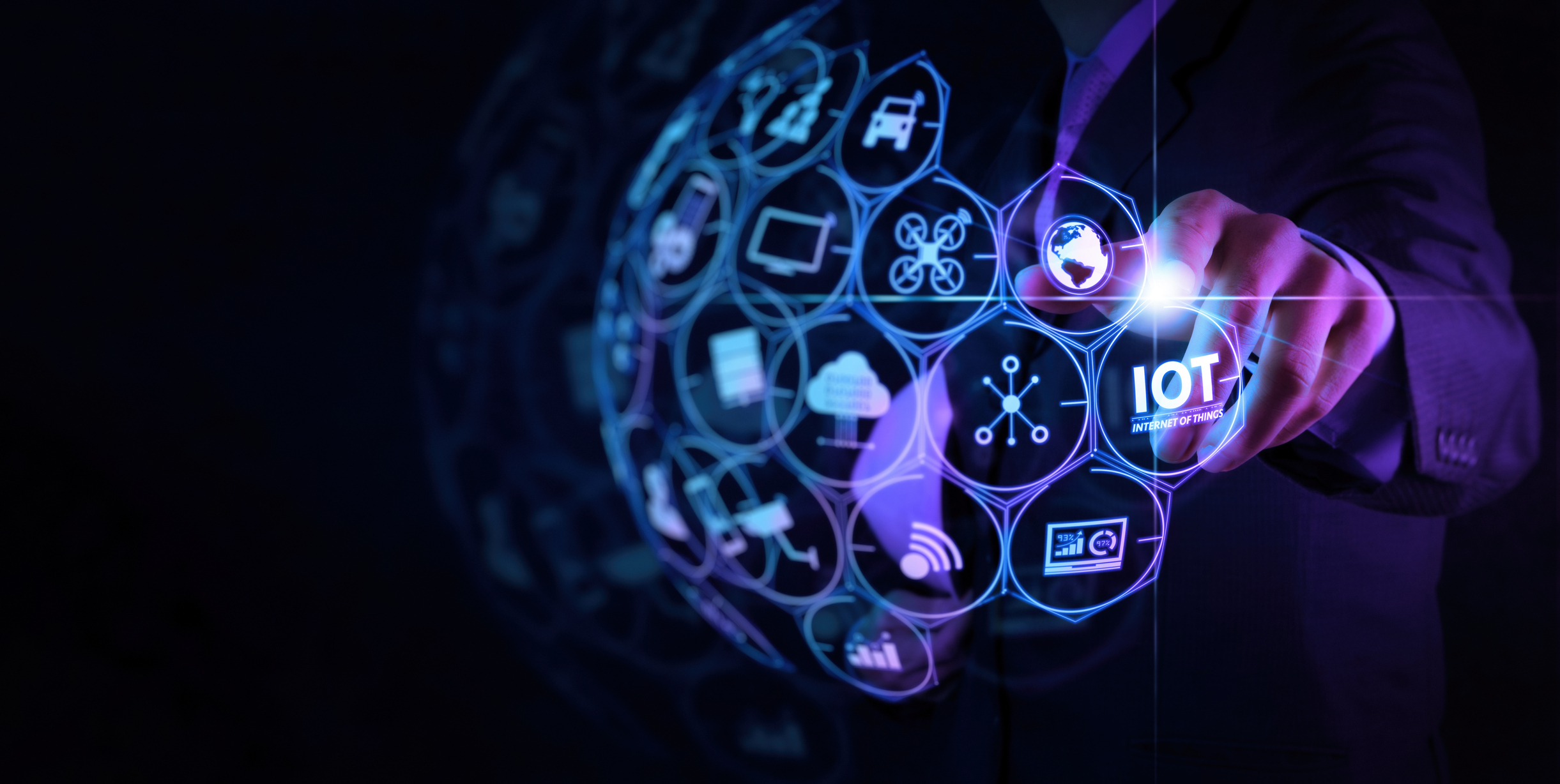In the rapidly expanding world of the Internet of Things (IoT), our lives are increasingly interconnected with smart devices that promise to make daily tasks more efficient. From smart thermostats regulating our homes to wearables monitoring our health, the IoT era is reshaping how we interact with technology. Yet, this convenience comes with a price — heightened concerns over data privacy and protection. This article explores the essential best practices for data privacy and protection in the IoT domain, drawing on expert insights and authoritative sources to provide a roadmap for securing your digital footprint in this interconnected world.
Understanding the IoT Security Landscape
The Internet of Things encompasses a vast array of devices — from household appliances to industrial sensors — all interconnected and capable of exchanging data. This interconnectedness, while beneficial, exposes a multitude of security vulnerabilities. According to a report by Kaspersky, IoT attacks more than doubled in the first half of 2021, signaling an urgent need for robust security measures. This statistic underscores the growing threat landscape in the IoT domain over the past few years, necessitating heightened vigilance and proactive security measures.
Best Practices for IoT Data Privacy and Protection
Embrace a Zero Trust Architecture
“The Zero Trust model acknowledges that trust is a vulnerability. Once on the network, users – including threat actors and malicious insiders – are free to move laterally and access or exfiltrate whatever data they are not limited to,” says John Kindervag, who coined the term Zero Trust. In the context of IoT, this quote emphasizes the importance of a stringent security posture that assumes no entity, internal or external, should be trusted by default. This paradigm shift is crucial in an era where traditional perimeter-based defenses are increasingly inadequate.
Implement Strong Authentication and Access Control
According to the National Institute of Standards and Technology (NIST), Multi-factor authentication (MFA) incorporates at least two of the following: something you know (a password), something you have (a security token), and something you are (biometric verification). MFA’s role in IoT security cannot be overstated. By requiring multiple forms of verification, MFA significantly mitigates the risk of unauthorized access, protecting devices and the networks they connect to from being compromised.
Regularly Update and Patch Devices
The Cybersecurity & Infrastructure Security Agency (CISA) recommends that one of the most effective measures to prevent a wide array of vulnerabilities is to ensure that the software on your IoT devices is kept up to date. This guidance highlights the critical nature of maintaining current software on IoT devices. Updates often include patches for newly discovered vulnerabilities, which, if left unaddressed, could serve as gateways for attackers.
Encrypt Sensitive Data
Bruce Schneier, a renowned security expert, asserts, “Encryption is the most effective way to achieve data security.” In the realm of IoT, this statement underlines the importance of encrypting data, both at rest and in transit. Encryption acts as a last line of defense, ensuring that even if data is intercepted, it remains indecipherable and useless to unauthorized parties.
Adopt Comprehensive Security Standards and Frameworks
Leveraging established security frameworks, such as the NIST Cybersecurity Framework or the ISO/IEC 27001, can provide a structured and comprehensive approach to managing IoT security risks. These frameworks offer guidelines for identifying, protecting, detecting, responding to, and recovering from cybersecurity incidents. By adhering to these standards, organizations can systematically address the unique challenges posed by the IoT, enhancing their resilience against a wide array of cyber threats.
The Path Forward
As the IoT continues to evolve, staying abreast of the latest security threats and advancements is imperative for cybersecurity and IT professionals. By implementing the best practices outlined above, organizations can significantly enhance their IoT data privacy and protection efforts, ultimately safeguarding their assets and reputation in the digital age.
This nuanced understanding and application of expert insights serve not only to protect against current threats but also to anticipate and mitigate future vulnerabilities, ensuring the security and privacy of the IoT ecosystem.
How Can Netizen Help?
Netizen ensures that security gets built-in and not bolted-on. Providing advanced solutions to protect critical IT infrastructure such as the popular “CISO-as-a-Service” wherein companies can leverage the expertise of executive-level cybersecurity professionals without having to bear the cost of employing them full time.
We also offer compliance support, vulnerability assessments, penetration testing, and more security-related services for businesses of any size and type.
Additionally, Netizen offers an automated and affordable assessment tool that continuously scans systems, websites, applications, and networks to uncover issues. Vulnerability data is then securely analyzed and presented through an easy-to-interpret dashboard to yield actionable risk and compliance information for audiences ranging from IT professionals to executive managers.
Netizen is an ISO 27001:2013 (Information Security Management), ISO 9001:2015, and CMMI V 2.0 Level 3 certified company. We are a proud Service-Disabled Veteran-Owned Small Business that is recognized by the U.S. Department of Labor for hiring and retention of military veterans.
Questions or concerns? Feel free to reach out to us any time –
https://www.netizen.net/contact



